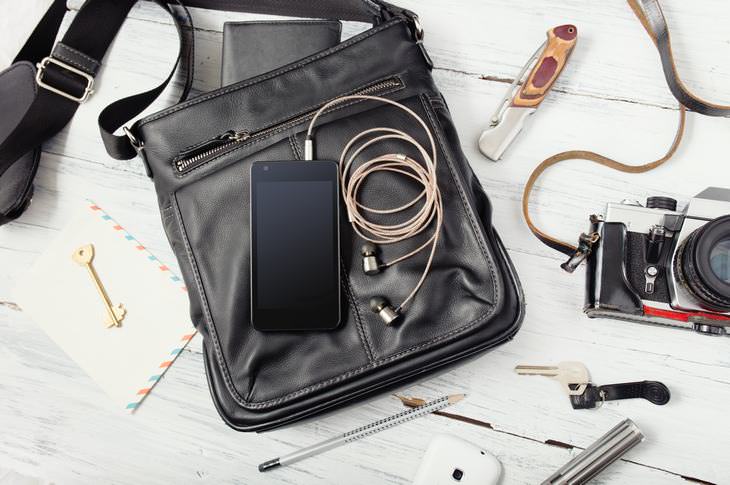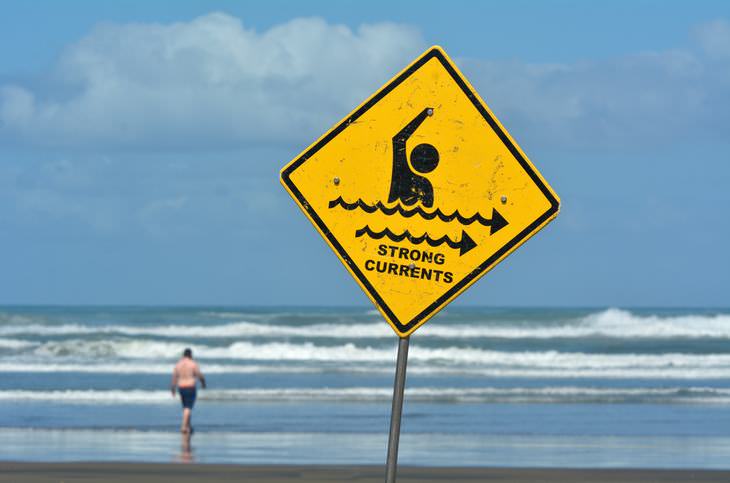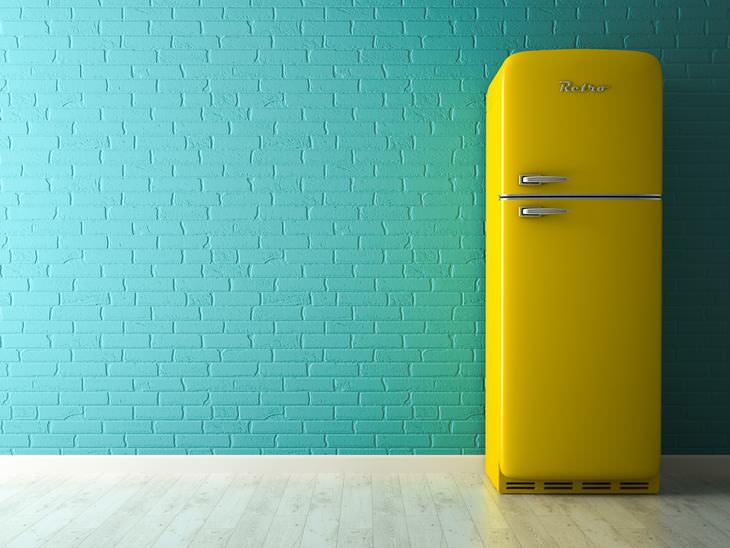

While driving, you should keep your hands at the 3pm and 9pm mark on the wheel. Your thumb should be on the external side and your index finger and other fingers on the inside of the wheel. Keeping your fingers in this way will make it highly unlikely to break them. If you keep your hands crossed, you'll likely break your wrist and possibly, your forearm. If you are sitting in the backseat, put your hands at the back of your head, press your forehead against the seat, and keep your knees bent at 90°. This will minimize your chances of getting hurt.
2. How to avoid a dog attack
A mixture of water and ammonia can be used to scare dogs away. Ammonia is quite harmless and doesn't harm animals in any way, yet it scares them away effectively. Alternatively, you can use a spray with compressed air. A strong blow of cold air into their nose will disorient even the most aggressive dogs. Using a spray with another dog's urine can also help as this will symbolize another dog's territory, meaning that the dog won't follow you.

Agents carry things with them to help them survive in any situation. A mouthguard can help protect your teeth during a collision, a black phone is hard to notice and is therefore useful when you need to record something without anyone knowing. And a pocket knife can come in handy in various situations.
4. How to defend yourself from a chokehold
When someone is performing this common move, they press on the carotid artery, shutting down the supply of oxygen. The victim loses consciousness after 3 to 5 seconds. But there is a way to defend yourself. Firstly, draw your neck in, and try to squeeze your arm under the arm of the attacker. This will help prevent suffocation, and will allow you to bend and grab the attacker's shoulder. This will throw the attacker over your back and stun them.

While in movies you may often see agents jump into the water from a plane or helicopter, in real life it's not the jump from a big height that's dangerous, but the rip current which won't let you come close to the shore. A rip current is a water flow which can appear 30-50 feet from the shore. So if you find yourself in a rip current, don't move forward, rather move diagonally or parallel to the shore.
6. How to barricade the door
A reliable way to barricade a door so that it will be hard to break, is to use wooden wedges around the door. You can also use a chair under the handle. Another effective method is to place something heavy in front of the door, meaning that an attacker will not only have to break through the door but get past objects in the way.

To protect yourself from a shooting, if you're at home, use a solid table with a granite surface instead of an armchair or a couch. If you are outside, the best cover is flowerpots. Should you be hiding behind a car, hide behind the front part rather than the back. You can also use a clipboard or a hardcover book as a bulletproof vest. Shootings are normal for Hollywood movies, but it’s definitely not something we’re used to or ever wish to witness.
8. What to do when your hands are tied
If you are tied up well, it's almost impossible to free yourself. But with the right strategy and some tricks, you should manage pretty well. If someone is tying up your hands press your thumbs against each other, this will give you a chance to free your hands. If someone is tying you to a chair, take a deep breath, bend your back and spread your legs, this will create additional free space which will let you go free later.

There are a number of good places where you can hide money, information or listening devices. The best places are empty drape runners, devices (such as a TV or fridge), sockets and furniture coverings.
10. How agents manage not to leave any fingertips
There are many ways to avoid leaving traces behind. White cotton gloves leave no trace. You can also use glue or nail polish on your fingertips.

To get your legs free, stand up straight and put your feet in a V position. Then jump, and when landing, spread your knees very quickly. Any duct tape used will tear. To get your arms free, if your hands are tied behind your back, you need to bring them forward, then spread them to the sides very quickly.
12. How to get through a roadblock
To get through a roadblock, you first need to identify a weak spot, by locating the biggest space available between the two cars. Usually, the front or the back part of the car is the weakest spot and your best chance to get through the roadblock.